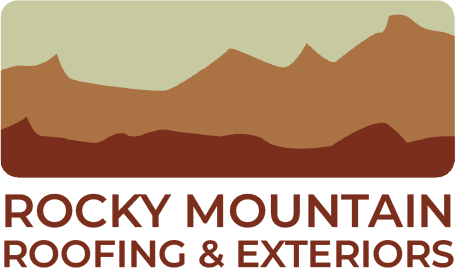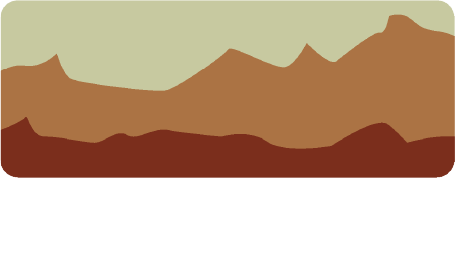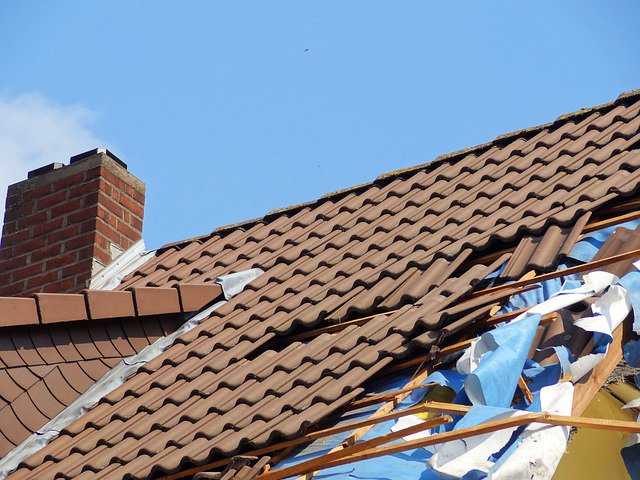Winter storms and high winds can wreak havoc on unsuspecting homes across the country. But it doesn’t take a newsworthy blizzard to cause damage to the structures of our homes.
Even smaller storms and winter weather patterns can cause damage to a home. These storms can even more insidious in a way, as it’s hard to discern if the damage was actually done or not. If you think you may have roof damage but don’t know how to tell for sure, read on.
We’ll walk you through the signs that can tip you off.
Look for Other Signs Of Damage
Following any harsh winter weather, take a walk around the perimeter of your home. You may not easily be able to see up to your roof, but you can look for other incidents of damage.
This could be broken tree branches, dented mailboxes, torn window screens, and so forth. Damage likely begets other damage, and if other parts of your home have been affected, it’s likely that your roof has as well. Check the roof siding of your home and keep an eye out for excessive sediment.
If you find roof shingles on the ground during your walk, it’s great evidence that something may have gone wrong up there.
Step Into the Attic
Another great place to look for evidence of roof damage is directly below it. Step into your attic and carefully look for evidence of damage. This evidence can take a few different forms.
Look for any nails or screws that have become loose from the trusses. Is there leaks anywhere where water is dripping into the attic? This can be a major sign. The biggest giveaway of them all is wood rot.
If you feel wood anywhere in the attic that has gotten soaked and is beginning to deteriorate, you need to call help quick. Wood rot causes weakened support that could pose huge safety risks to your home.
Also, keep an eye out for any cracked or peeling paint, another sign that excess moisture has a found a way through your roof and into the attic.
Stay Safe and Call a Professional
The last thing you should be doing following a storm is attempting to climb up onto your own roof. Storm conditions can make such a task incredibly dangerous, and only someone with professional training should do so.
If you schedule a roof inspection, a trained professional can come and asses the amount of damage that your home has received.
Checking for Roof Damage After a Storm
When it comes to the safety of your home, you always want to be safe instead of sorry. As such, it’s important to check for roof damage after any major storm. The above tips and tricks can help you discern if the damage was sustained without having to climb up and risk injury.
Have more questions about potential damage to your home? Call us anytime, we’re happy to help.


